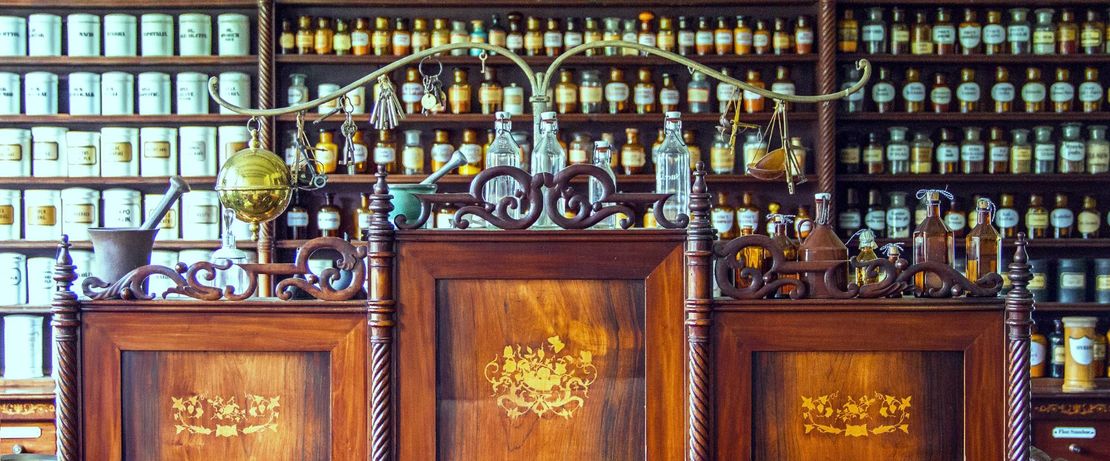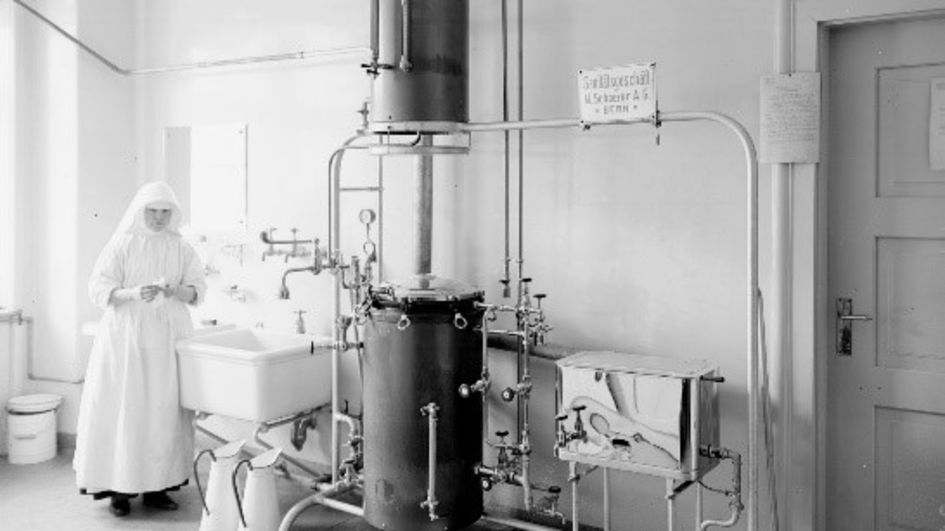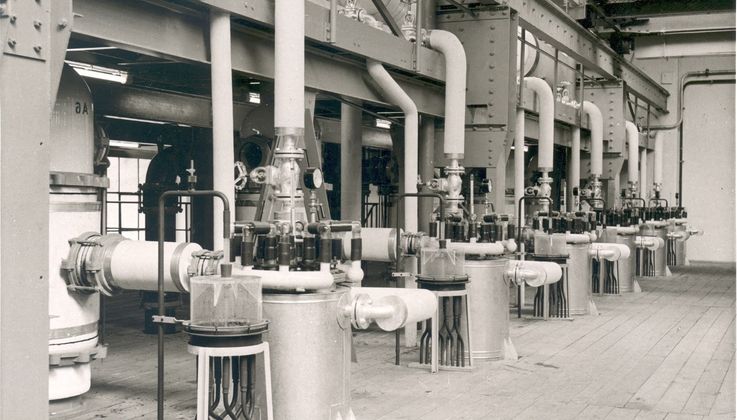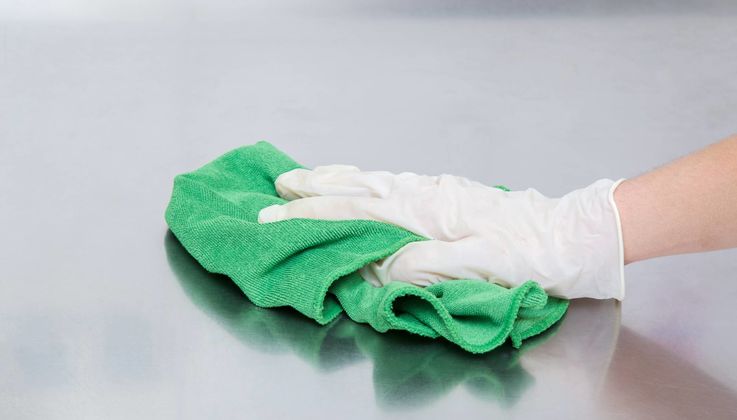
The history of disinfection
The century of hygiene
The 20th century was the century of hygiene, a time when everything was shiny and sparkling. The use of sterilizers, sterile materials, and disinfectants became routine practice in medicine.
Advances in medicine and the natural sciences have given humanity more and more victories in the struggle against pathogenic microbes.
In 1885, it was a German physician named Ernst von Bergmann who first used steam to sterilize surgical dressing. And in the early 1930s, US firms finally introduced the first modern, temperature-controlled steam sterilizers.
Chemicals for disinfection
As early as 1858, English physician Benjamin Ward Richardson observed that hydrogen peroxide can eliminate unpleasant odors and proposed its use as a disinfectant. A few years later, the compound was indeed marketed for precisely that purpose under the brand name Sanitas.
Peroxide proved difficult to manufacture, however, which did not change until 1910, when the world’s first electrolytic hydrogen peroxide factory began operations in Weißenstein, Austria. The trailblazing technology made it possible to produce highly concentrated hydrogen peroxide on an industrial scale for the first time. Weißenstein became the cradle of hydrogen peroxide research at Degussa, one of Evonik’s predecessors. The specialty chemicals company of Essen, Germany, remains a leading producer of hydrogen peroxide to this day.
More and more chemicals were produced in the 20th century to kill microbes: Ozone was the first oxidant to be used for purifying drinking water – the city of Nice, France, began treating its water in this way in 1906. Spices were fumigated with ethylene oxide to sterilize them, and American chemist Lloyd Hall patented an analogous process in 1938.

Apparatus for sterilizing the surgical instruments in the administration building of the Swiss hospital and relief institution, 1914-1918.
Physicians in those days were still disinfecting their hands before surgery by dipping them in baths of sublimate (mercury (II) chloride) or carbolic acid (phenol), and it was not until the late 1940s that these began to be replaced by alcohol-based preparations. In 1965, Hamburg heart surgeon Peter Kalmár initiated the development of the first alcohol-based disinfectant that was gentle on the skin and worked without soap and water.
From the pithead baths to the operating table
In May 1947, Goldschmidt, a chemical company in Essen, was the first to produce a disinfectant based on amphoteric surfactants. Sold as TEGO® 103, this product was a major market success in the late 1940s. The product portfolio was gradually expanded, and the company soon became the market leader in sterilizing food containers and disinfecting surfaces in locations such as commercial kitchens, hospitals, and swimming pools. While the company sold off its human hygiene business in the 1990s, its successor Evonik continues to manufacture amphoteric surfactants to this day for cleaning and disinfecting surfaces.



